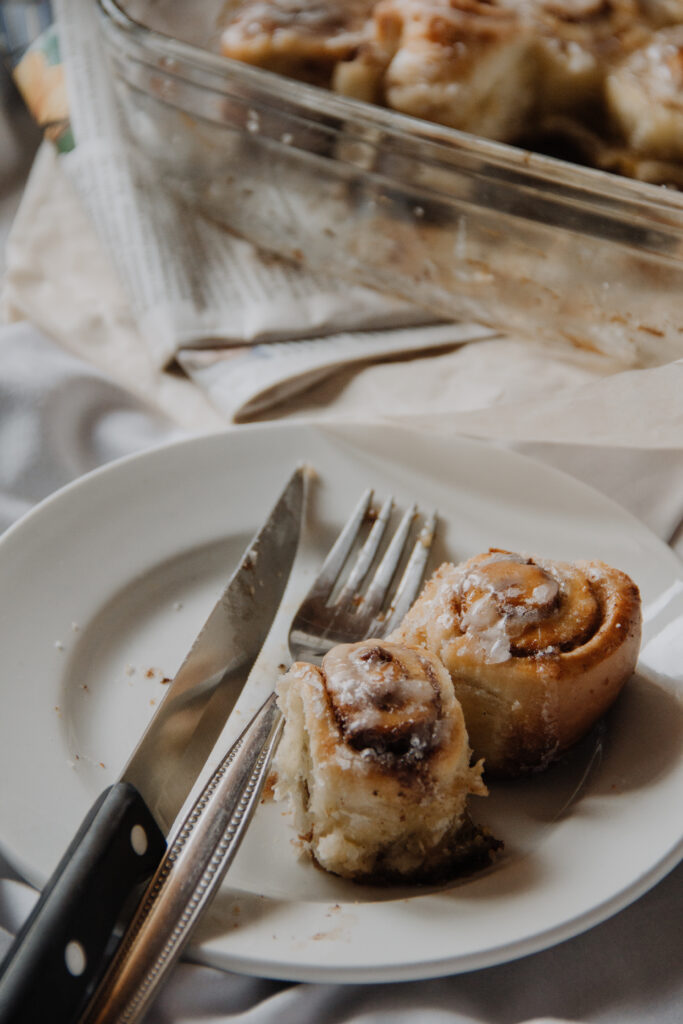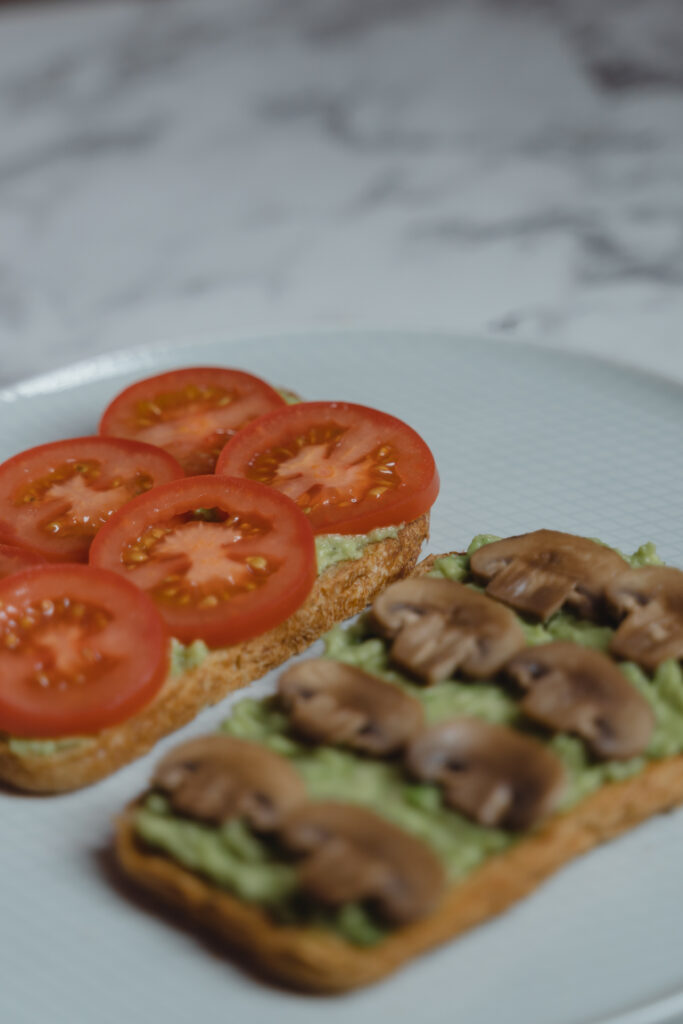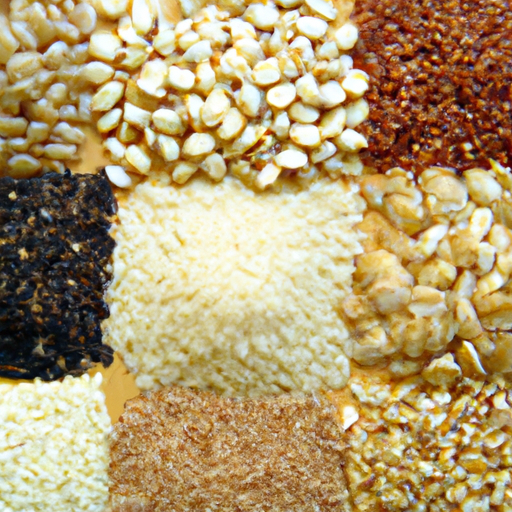Improve your health and nourish your body with Tastepan’s collection of nutritious and delicious recipes, focusing on cooking with whole grains. Discover a variety of wholesome meal ideas and expert advice to make healthy eating a breeze. By prioritizing your well-being and incorporating these healthier carb choices into your diet, you can enjoy flavorful meals without sacrificing taste. Dive into the world of whole grains and unlock the potential for a healthier you.

Benefits of Whole Grains
Whole grains are an important part of a healthy diet. Not only are they delicious, but they also provide numerous health benefits. Let’s explore some of the key benefits of incorporating whole grains into your meals.
Fiber-Rich
One of the biggest advantages of whole grains is their high fiber content. Fiber is essential for maintaining a healthy digestive system and can help prevent constipation. It also plays a role in keeping you feeling full and satisfied after a meal, which can aid in weight management.
Source of Essential Nutrients
Whole grains are packed with essential nutrients that are vital for good health. They contain important vitamins and minerals such as B vitamins, iron, magnesium, and selenium. These nutrients are necessary for maintaining optimal bodily functions and supporting overall wellbeing.
Promote Heart Health
Eating whole grains has been linked to improved heart health. They can help lower cholesterol levels and reduce the risk of heart disease. Whole grains are also known to help regulate blood pressure, making them a valuable addition to a heart-healthy diet.
Different Types of Whole Grains
Now that we understand the benefits of whole grains, let’s take a look at some of the different types you can incorporate into your diet.
Whole Wheat
Whole wheat is a common whole grain that is widely available. It can be used in a variety of dishes, from bread and pasta to pancakes and muffins. Whole wheat provides a rich nutty flavor and a hearty texture to your meals.
Brown Rice
Brown rice is a staple in many cuisines around the world. Unlike white rice, which has been stripped of its bran and germ, brown rice retains these nutritious components. It is an excellent source of fiber, vitamins, and minerals, making it a healthy option for any meal.
Oats
Oats are a versatile and nutritious whole grain that can be enjoyed in many ways. Whether you prefer oatmeal for breakfast or use oats in baking, they provide a great source of fiber and energy. Oats are also known for their heart-healthy properties due to their high levels of soluble fiber.
Quinoa
Quinoa is a gluten-free whole grain that is gaining popularity in recent years. It is packed with protein, making it an excellent choice for vegetarian and vegan diets. Quinoa has a light and fluffy texture and can be used as a base for salads, side dishes, or even as a breakfast cereal alternative.
Barley
Barley is an ancient whole grain that has been consumed for thousands of years. It has a chewy texture and nutty flavor, making it a great addition to soups, stews, and salads. Barley is rich in fiber, vitamins, and minerals, making it a nutritious choice for any meal.
Buckwheat
Despite its name, buckwheat is not related to wheat and is actually gluten-free. It is commonly used in the form of flour, noodles, or groats in various cuisines. Buckwheat is a good source of protein, fiber, and minerals, making it a healthy alternative to traditional grains.

Choosing Whole Grains
Now that you’re familiar with different types of whole grains, let’s understand how to choose the right ones when shopping.
Reading the Labels
When purchasing packaged whole grain products, always check the labels carefully. Look for terms such as “whole grain,” “whole wheat,” or “whole oats” listed as the first ingredient. Avoid products where refined grains are listed first or contain words like “enriched” or “bleached.”
Identifying Refined Grains
Refined grains have been processed to remove the bran and germ, leaving behind the starchy endosperm. This process removes most of the nutrients found in whole grains. Look out for refined grains such as white flour, white rice, and white bread, and opt for their whole grain counterparts whenever possible.
Selecting Whole Grain Products
Choose a variety of whole grain products to keep your meals interesting and nutritious. Experiment with different types of whole grain bread, pasta, and cereals. You can also incorporate whole grains by using quinoa, barley, or brown rice in your recipes. By making these simple switches, you’ll be able to enjoy the nutritional benefits of whole grains.
Cooking Techniques for Whole Grains
Now that you’ve chosen your whole grains, let’s explore some cooking techniques to prepare them for your meals.
Rinsing and Soaking
Before cooking certain whole grains like quinoa and barley, it’s essential to rinse and soak them. This helps remove any impurities and can also reduce cooking time. After rinsing, soak the grains in water for a designated time as specified in the recipe.
Boiling
Boiling is the most common method of cooking whole grains. Simply add the grains to a pot of boiling water and let them simmer until tender. The cooking time will vary depending on the grain, so be sure to check the package instructions or recipe for specific guidance.
Steaming
Steaming is a healthier cooking method that helps retain the nutrients and texture of whole grains. Use a steamer basket or cooker to steam your grains, following the recommended cooking time for each type.
Baking
If you’re looking to add whole grains to your baking repertoire, you can use whole grain flours or incorporate cooked grains into your recipes. Whole wheat flour, quinoa flour, and oat flour are all excellent alternatives to refined flour. You can also add cooked grains like quinoa or oats to muffins, cookies, and bread for added texture and nutrition.

Incorporating Whole Grains in Breakfast
Breakfast is the most important meal of the day, and what better way to start than with a wholesome dose of whole grains? Here are some delicious breakfast ideas to help you incorporate more whole grains into your morning routine.
Whole Grain Pancakes
Swap out regular pancakes for a healthier option by using whole grain flour or oats in your pancake batter. You can top them with fresh fruit and a drizzle of honey for a nutritious and delicious breakfast.
Oatmeal with Toppings
A classic breakfast option, oatmeal is a fantastic way to enjoy whole grains in the morning. Add your favorite toppings like nuts, berries, or cinnamon to create a filling and satisfying meal that will keep you energized throughout the day.
Quinoa Porridge
For a unique twist, try making quinoa porridge. Cook quinoa with milk or water and sweeten it with a touch of honey or maple syrup. Top it off with fresh fruit or a sprinkle of nuts for added flavor and crunch.
Lunch and Dinner Ideas with Whole Grains
Whole grains are incredibly versatile and can be incorporated into a wide range of lunch and dinner dishes. Here are some ideas to get you started.
Whole Grain Salads
Toss cooked quinoa, barley, or bulgur with your favorite vegetables, herbs, and dressing to create a delicious and nutritious salad. You can also add proteins like grilled chicken or chickpeas for a more substantial meal.
Stuffed Peppers with Brown Rice
Create a flavorful and wholesome meal by stuffing bell peppers with a filling made from sautéed vegetables and cooked brown rice. Top them with cheese and bake until the peppers are tender and the filling is golden brown.
Quinoa Pilaf
Make a delicious and satisfying one-pot meal by cooking quinoa with aromatic vegetables, herbs, and spices. Add your favorite protein like shrimp or tofu, and you have a complete and nutritious dinner option ready to enjoy.
Snack and Dessert Options
Whole grains can even be incorporated into your snacks and desserts. Here are some ideas to satisfy your cravings while still enjoying the benefits of whole grains.
Homemade Granola Bars
Skip the store-bought granola bars and make your own using whole grain oats, nuts, and dried fruits. You can sweeten them with a touch of honey or maple syrup and customize the flavors to your liking.
Whole Grain Crackers
Enjoy a crunchy and wholesome snack by baking your own whole grain crackers. Use a combination of whole grain flours like whole wheat, quinoa, or buckwheat, and add your preferred seasonings for a personalized taste.
Whole Wheat Muffins
Indulge in a satisfying treat by baking whole wheat muffins. You can add fresh fruit, nuts, or spices to enhance the flavor. These muffins are a healthier alternative to traditional baked goods but still deliver on taste.
Substituting Whole Grains
Did you know you can easily substitute whole grains in place of other ingredients? Here are some examples.
Breadcrumbs
Instead of using regular breadcrumbs in your recipes, opt for whole grain breadcrumbs. You can make them easily at home by toasting whole grain bread and processing it into fine crumbs. They will add a nutty flavor and a nutritional boost to your dishes.
Flour
Whole grain flours can be used in place of refined flour in a variety of recipes. Whether you’re making bread, pancakes, or cookies, whole wheat, quinoa, or oat flour can provide a healthier alternative without sacrificing taste or texture.
White Rice
If you’re looking for a healthier substitute for white rice, consider using brown rice, quinoa, or other whole grains like barley or bulgur. These options offer more fiber, vitamins, and minerals, making them a nutritious choice for any meal.
Tips for Cooking with Whole Grains
Here are some additional tips to ensure that you cook with whole grains successfully:
Proper Storage
Whole grains have a longer shelf life when stored properly. Keep them in airtight containers in a cool and dry place to maintain their freshness and prevent them from going rancid. Some whole grains, like quinoa and millet, can also benefit from refrigeration.
Cooking Time and Ratios
Each type of whole grain requires different cooking times and ratios of water or stock. It’s essential to follow the package instructions or recipe guidelines to achieve the desired texture and consistency. For grains like quinoa, a 2:1 ratio of liquid to grain is typically recommended.
Flavor Combinations
Experiment with different flavor combinations to enhance the taste of your cooked whole grains. Add herbs, spices, or citrus zest during cooking for a burst of flavor. You can also toss cooked grains with fresh vegetables, dressings, or sauces to create a more vibrant and satisfying dish.
Conclusion
Incorporating whole grains into your diet is a simple and effective way to improve your overall health. From their fiber-rich content to their ability to promote heart health, whole grains offer numerous benefits. By choosing the right whole grains, learning various cooking techniques, and experimenting with different recipes, you can enjoy the incredible flavors and nutritional advantages of whole grains in every meal. So why wait? Get creative in the kitchen and start enjoying the goodness of whole grains today!

